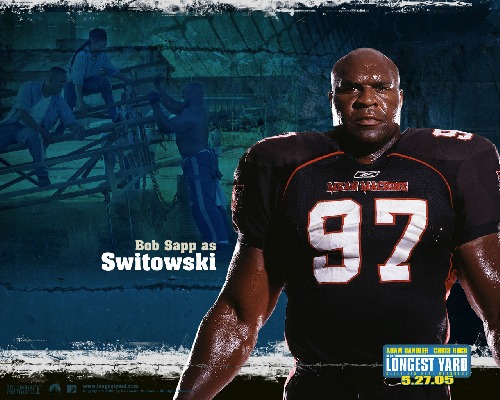September 11th, 2001 was a
day that changed America. That morning terrorists destroyed the World Trade
Center towers in New York City by crashing hijacked airplanes into the towers. Another
hijacked plane crashed into the Pentagon in Washington D.C. There was a fourth
plane that crashed into a field in Pennsylvania when passengers attempted to
overtake the plane from the terrorists. On September 16th 2001 Dick
Cheney was interviewed by Tim Russert at Camp David. On September 20th
2001 President George
W. Bush gave a speech to congress about the 9/11 terrorist attacks. Both
the president and the Vice President created a mythical terrorist in their
responses to the 9/11 terrorist attacks. One facet of social identity at work in
this myth is race.
It is clear that the mythical terrorist
portrayed as a certain race. The terrorist according to Bush and Cheney are Arab
and Islamic extremists. Both Bush and Cheney stress that the enemy is not
Muslims or Arabs. George Bush said that “The enemy of America is not our many
Muslim friends; it is not our many Arab friends”. Dick Cheney stated that “this is by no means
a war against Islam. We’ve got a great many Arab Americans, for example, who
are first class, loyal American citizens” The fact that they stress that not ALL
Arabs and Muslims are the enemy suggests that the stereotypical terrorist is an
Arab and a Muslim.
Dick Cheney refers to the terrorists as barbarians.
Cheney said “I think the world will understand what we have here are a group of
barbarians, that threaten all of us”. A barbarian refers to somebody that is
uncivilized and unintelligent. Barbarians are cruel and insensitive to others.
The terrorist that was specifically
mentioned by both Bush and Cheney was Osama Bin Laden. Osama Bin Laden is the person that comes to
mind when most Americans picture the terrorist. Bin Laden is an Arab man with a
long disheveled beard that wears a turban, and robes. For a period of time
after 9/11 and perhaps still many Americans were distrusting of and hateful towards
anybody that fit this image. There was a belief that anybody that wore a turban
on an airplane after 9/11 was going to try to hijack the plan. After 9/11 many
Arab Americans and Muslims were subject to hate crimes because they fit the
stereotype of what a terrorist should be.
The mythical terrorist as constructed
after 9/11 is always a Muslim man. Bush and Cheney tried to stress that not all
Muslims are the enemy. Bush stated that “The terrorists practice a fringe form
of Islamic extremism that has been rejected by Muslim scholars and the vast
majority of Muslim clerics, a fringe movement that perverts the peaceful teachings
of Islam”. Cheney shared similar sentiments as the President “The President has
been very clear, and it would be a huge mistake for we as Americans that this
represents some kind of – or should lead us to some kind of commendation of
Islam. It’s clearly not the case. This is a perversion, if you will, of some of
these religious beliefs by an extremist group. We have extremists associated
with, you know, every imaginable religion in the world.” The president and vice
president also state that the Islamic extremist group Al-Qaeda were responsible
for the 9/11 terrorist attacks
The stereotypical terrorist is an Arab
man. This man is an Islamic extremist. The mythical terrorist wear’s robes, a
turban and have long scraggly beards. He also lives in a cave. The mythical
terrorist doesn't own a television or a computer. This is clearly dis-proven by
this blog
post. The Norway
terrorist attacks in 2011 also contradict the mythical terrorist.

